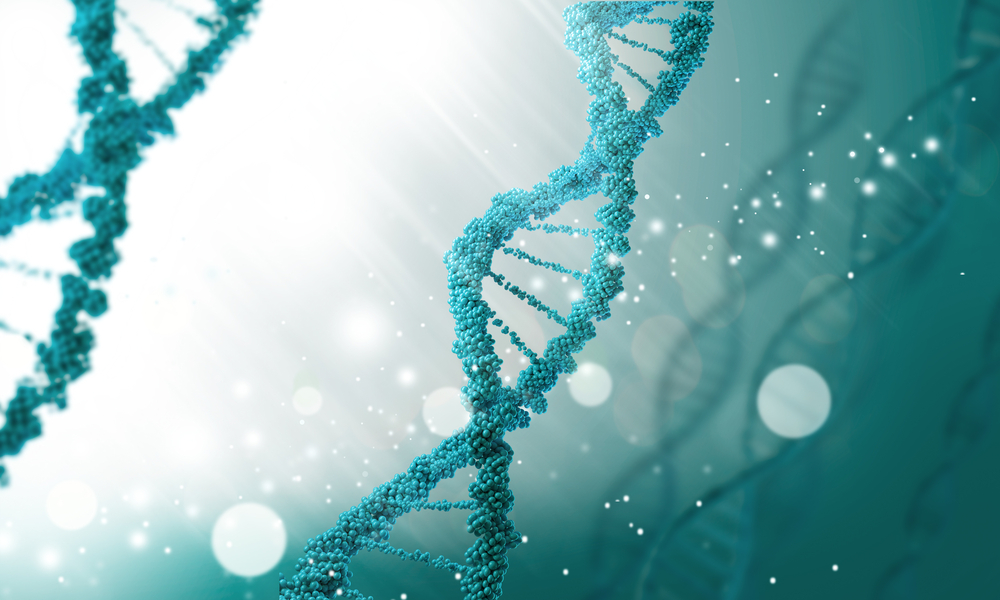Case Study Describes ACE Inhibitor-induced Angioedema in Patient With Plasma Prekallikrein Deficiency

A case report suggests that the body has multiple ways to produce bradykinin, a molecule that can cause angioedema, in patients taking ACE inhibitors.
The report, “Lisinopril-Induced Angioedema in a Patient with Plasma Prekallikrein Deficiency,” was published in the peer-reviewed journal TH Open.
Angioedema can be caused by allergic reactions, the use of angiotensin-converting enzyme (ACE) inhibitors (used in the treatment of hypertension and congestive heart failure, among other conditions), and by certain genetic mutations.
One of the roles of ACE is to break down a peptide called bradykinin, which can induce vasodilation and increase vascular permeability. In other words, make blood vessels wider and leakier. By blocking ACE, ACE inhibitors leave active bradykinin in blood vessels, where it can contribute to angioedema developing.
Although this makes ACE inhibitors a risk factor, only roughly 0.7% of patients taking ACE inhibitors develop angioedema, which typically manifests as swelling of the lips and airways. Swelling of the airways, however, constitutes a medical emergency as it can lead to asphyxiation and death.
Researchers now described the case of a 67-year-old man who presented with a sudden onset of tongue swelling, leaving him unable to swallow saliva. He had begun taking the ACE inhibitor lisinopril for hypertension three months prior to the onset of angioedema and his medical history included type 2 diabetes and plasma prekallikrein deficiency.
Prekallikrein is the precursor to the enzyme kallikrein, which then produces bradykinin by cleaving yet another molecule called kininogen.
In examining the DNA sequence of the patient’s prekallikrein gene (KLKB1), physicians discovered a mutation that caused a premature stop in the production of kallikrein protein. To the team’s knowledge, this particular mutation, called Ser97PhefsTer173, had never been described.
Plasma prekallikrein deficiency can result in lower levels of bradykinin and, subsequently, a reduced risk of developing angioedema.
The patient showed no other symptoms and his condition improved with a several hour-treatment with intravenous dexamethasone, ranitidine, and diphenhydramine.
The fact that this patient produced no active plasma prekallikrein and yet developed angioedema suggests that other molecules in the body can liberate bradykinin into the bloodstream.
“Occurrence of angioedema in a patient with complete deficiency of plasma prekallikrein shows other possible enzymes capable of liberating bradykinin such as factor XIIa, plasmin, or tissue kallikreins may also play a role in generating bradykinin during ACE inhibitor therapy,” researchers wrote.
Mutations in the angiopoietin-1 gene also have been shown to cause angioedema independent of bradykinin.
One possibility favored by the team is the involvement of tissue kallikreins, which are produced in salivary glands. There are 15 known tissue kallikrein genes, and at least two of these, KLK1 and KLK2 , are known to generate bradykinin from kininogen.
Saliva is a rich source of tissue kallikreins and the oropharynx (the back of the mouth and the throat), which has abundant saliva, is the most common site of angioedema associated with ACE inhibitors.
Overall, “these clinical observations raise the possibility that bradykinin generated by tissue kallikrein present in the salivary secretions may have a causal role in oropharyngeal angioedema in patients receiving ACE inhibitors,” the team concluded.






